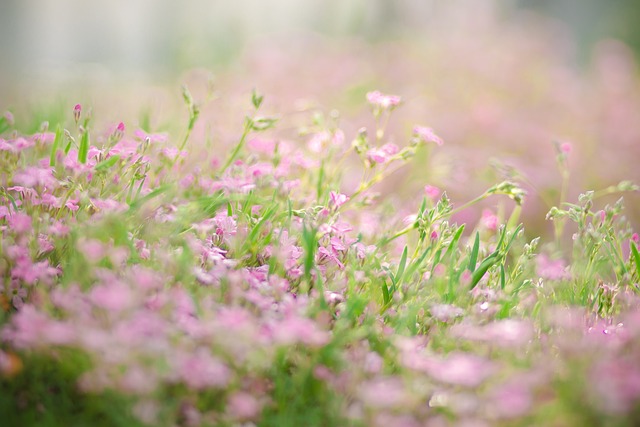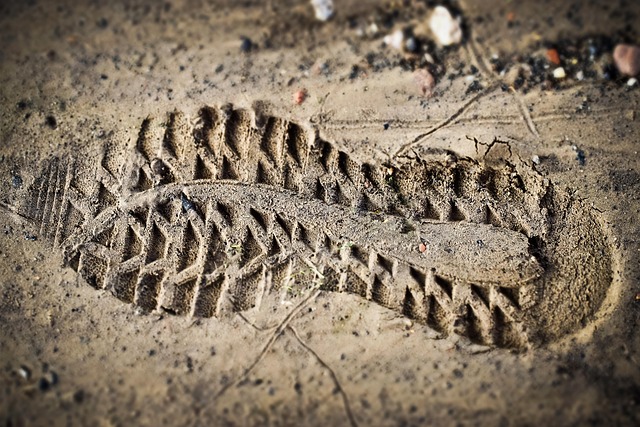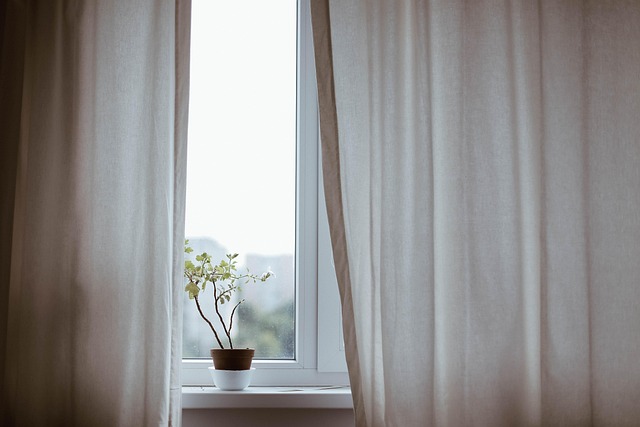Blooming Beauty: Eco-Friendly Flower Bed Designs to Nurture Nature
Embracing the beauty of nature while contributing to the environment is a rewarding journey for every gardener. Eco-friendly flower bed designs not only enhance your outdoor space but also promote sustainability and biodiversity. As you delve into the world of flower bed design, you will discover how a small, green space can make a significant impact on the environment.
Designing with Nature in Mind
When creating your flower beds, think beyond aesthetics and consider techniques that harmonize with the local ecosystem. The use of native plants is a fantastic starting point. These plants are adapted to the local climate and soil conditions, requiring less water and maintenance. Additionally, they provide habitat and nourishment for local wildlife, including bees, butterflies, and birds.
Utilizing Sustainable Materials
An eco-friendly flower bed design goes beyond just the plants. The materials you choose for your garden can either contribute to environmental degradation or promote sustainability. Opt for organic mulch, such as wood chips or straw, to retain moisture and suppress weeds naturally. Recycled materials for edging, like reclaimed wood or old bricks, can also give your flower beds a rustic charm while being kind to the planet.
Embracing Companion Planting
Two (or more) plants can thrive together in a well-planned flower bed. Companion planting can enhance plant growth, naturally repel pests, and even improve soil quality. By integrating flowers with vegetables or herbs, you create a multifunctional garden that promotes a healthy ecosystem while reaping the benefits of a bountiful harvest.
Water Conservation Strategies
Water is a precious resource, and incorporating conservation methods into your flower bed design is vital. Consider implementing rain gardens or swales, which collect and direct rainwater, reducing runoff and providing natural irrigation for your plants. Installing drip irrigation systems can also help you conserve water while ensuring that your flower beds receive adequate moisture.
Fostering Biodiversity
Diversity is crucial for a healthy garden ecosystem. By planting a variety of flowers, you attract different pollinators and beneficial insects, creating a dynamic environment. Mix perennials with annuals to ensure year-round interest and support for local fauna. Each flower serves a purpose, from providing nectar for hummingbirds to acting as a larval host for butterflies.
Integrating Edible Flowers
Why not combine beauty with flavor? Edible flowers can be a captivating addition to your flower bed design. Varieties like nasturtiums, calendula, and pansies not only enhance your garden visually but also add a unique touch to your culinary adventures. They can be used in salads, desserts, and garnishes, bringing the garden to your plate while celebrating nature.
Creating a Pollinator-friendly Paradise
Pollinators are essential for a healthy ecosystem, and your flower beds can serve as sanctuaries for them. Choose a variety of flowering plants that bloom at different times throughout the season, ensuring a continuous food source. Incorporate plants with varying heights and colors to attract diverse pollinator species, creating a vibrant and lively garden.
As you embark on your journey of eco-friendly flower bed design, remember that each choice you make contributes to a greater purpose. By nurturing nature and creating beautiful spaces, you not only foster an environment that flourishes but also inspire others to think green. So, dig in and let your garden bloom with purpose and beauty!




